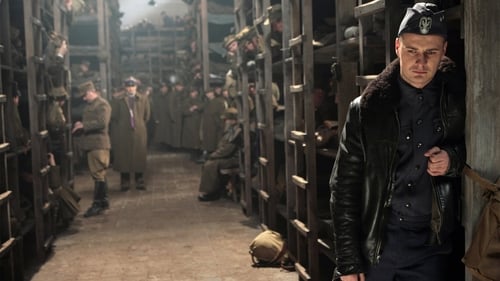
Mrs. Greta
El 1 de septiembre de 1939, la Alemania nazi invade Polonia, dando principio a la Segunda Guerra Mundial. El 17 de septiembre, el Ejército Rojo soviético cruza la frontera. El ejército polaco, incapaz de luchar en dos frentes, es derrotado. Miles de hombres polacos, tanto militares como funcionarios gubernamentales, son capturados por los invasores. Su destino solo será conocido varios años después.
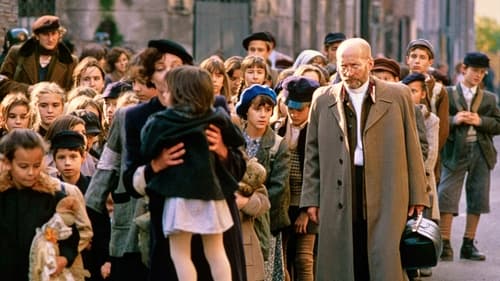
Szloma's mother
The story of Polish pedagogue Janusz Korczak and his dedication to protecting Jewish orphans during the war.

Costume Design
Rusia, 1870. Un grupo de jóvenes revolucionarios anarquistas se proponen derribar el régimen zarista por medio de la violencia. Sus atentados crean un clima de psicosis y de desconfianza mutua entre la población; pero, en realidad, tanto revolucionarios como represores están siendo manipulados por un diabólico individuo.
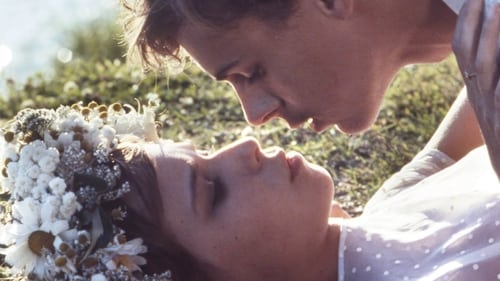
Witek's Mother
Set in the summer months preceding the September 1939 outbreak of World War II in Polish part of Lithuania. A young highschool lad, Witek, is hoping to pass the entrance exams to the university. His love interest is Alina, his high-school colleague.

Casting
En mayo de 1983, un hombre de 49 años, acompañado de su hijo, viaja al pueblo de su infancia, en Baden. Su deseo es descubrir qué le sucedió en realidad a su madre. Sus recuerdos son muy borrosos y, además, por aquel entonces era demasiado pequeño para comprender lo que ocurría a su alrededor.
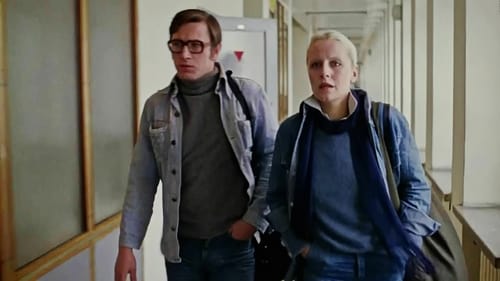
Hanka Tomczyk, żona Birkuta
Narra las jornadas revolucionarias en los astilleros navales de Gdansk (o Danzig) protagonizadas por los obreros del sindicato Solidaridad, en el verano de 1980. Ese mismo año, un periodista radiofónico, más amigo del régimen comunista que de la verdad, debe cumplir una misión de difamación contra un destacado militante del sindicato Solidaridad, que resulta ser el hijo del héroe de "El hombre de mármol" (1977).
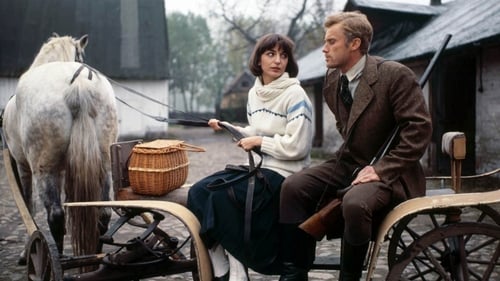
Kazia
Set in the late '20s. A thirtyish young man, who heads a small factory, faints at the funeral of a close friend. He decides to go home to his aunt and uncle for a while, but gets involved with a family of five women who had been in love with him at one time though he had apparently loved only one, who, unknown to him, has died since his departure. The women are mainly disillusioned with life or estranged from husbands while the youngest has a crush on him.
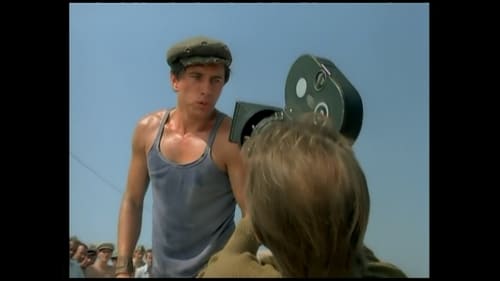
Hanka Tomczyk
En 1976, una joven de Cracovia que está realizando su diplomatura en cine, investiga la vida de un obrero, llamado Birkut, quien en los 50 fue, de manera fugaz, un héroe proletario. Su objetivo es investigar como se originó esa leyenda y que efectos provocó en él.
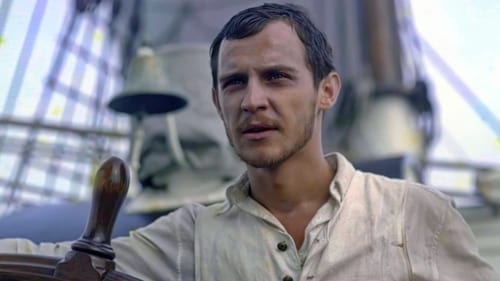
Costume Design
Andrzej Wajda's English-language film of a novella by Józef Teodor Konrad Korzeniowski, aka Joseph Conrad, about a young man in his first command as a sea captain. A series of crises prove incredibly difficult for his new authority, for the sea is curiously becalmed and the crew is weakened by feverish malaria. When the first mate's fear convinces many that the ship is haunted and cursed by the malevolent spirit of the previous captain, the young man must cope with their superstition as well as the conspicuous absence of much-needed medicine.
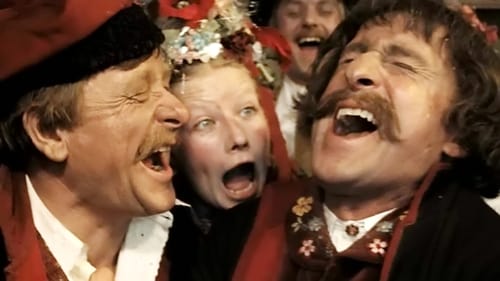
Costume Design
Set at the turn of the century, the story concerns a Polish poet living in Cracow who has decided to marry a peasant girl. The wedding is attended by a heterogenous group of people from all strata of Polish society, who dance, get drunk and lament Poland's 100-year-long division under Russia, Prussia, and Austria. The bridegroom, a painter friend, and a journalist each in turn is confronted with spectres of Polish past. In the end a call to arms is called but turns out to be a hoax.

Wiska
Sampson is one of several Andrzej Wajda films harking back to his youth during the Nazi Occupation of Poland. Many of these concern not only the struggle between good and evil, but also between passive and impassive. The hero is a Jewish youth. He, like his family, has always been silent and undemonstrative in the face of prejudice. Now he stands up for his right to survive, and in so doing represents the fighting spirit that culminated in the 1943 Warsaw Uprising. It was originally titled Samson, but re-spelled as Sampson upon its American release to avoid confusion with a sword-and-sandal epic of the same name.










